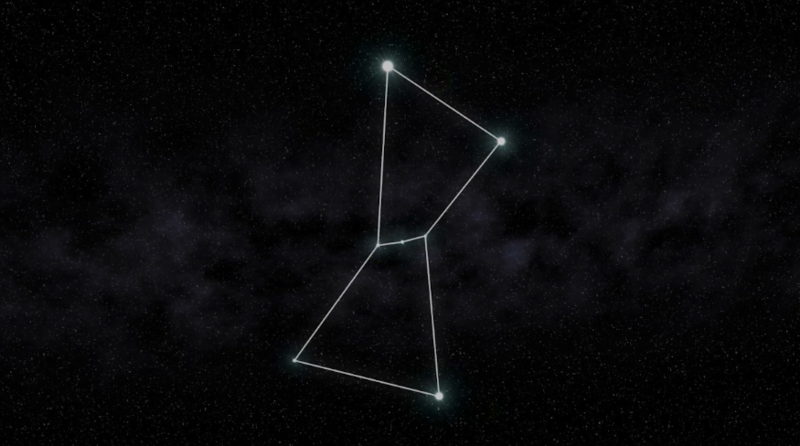8th Grade > Physics
STARS AND THE SOLAR SYSTEM MCQs
Total Questions : 56
| Page 5 of 6 pages
Answer: Option B. ->
14 days
:
B
The time period between one full moon to its subsequent new moon is about a fortnight; slightly shorter than 14 days.
:
B
The time period between one full moon to its subsequent new moon is about a fortnight; slightly shorter than 14 days.
Answer: Option B. ->
False
:
B
Every part of the Earth can witness different phases of the moon. The reason for the phases of the moon is the revolution of the moon around the Earth. So at different parts of the Earth, different phases are visible at an instant, but every part of the planet will be able to see all the phases of the moon.
:
B
Every part of the Earth can witness different phases of the moon. The reason for the phases of the moon is the revolution of the moon around the Earth. So at different parts of the Earth, different phases are visible at an instant, but every part of the planet will be able to see all the phases of the moon.
Answer: Option A. ->
True
:
A
The natural objects which are located outside earth's atmosphere are celestial in nature. Therefore, moon, sun and other planets are celestial objects.
:
A
The natural objects which are located outside earth's atmosphere are celestial in nature. Therefore, moon, sun and other planets are celestial objects.
Answer: Option B. ->
East to West
:
B
The Earth rotates toward the East, that makes the Stars appear to move from East to West. They don't really move only appear to move East to West.
:
B
The Earth rotates toward the East, that makes the Stars appear to move from East to West. They don't really move only appear to move East to West.
Answer: Option A. ->
astronomy
:
A
The study of celestial objects such as stars, planets, comets, galaxies and associated phenomena is called astronomy. It applies mathematics, physics, and chemistry in an effort to understand and thus explain the origin of these objects and their evolution, by understanding the underlying phenomena or principles.
:
A
The study of celestial objects such as stars, planets, comets, galaxies and associated phenomena is called astronomy. It applies mathematics, physics, and chemistry in an effort to understand and thus explain the origin of these objects and their evolution, by understanding the underlying phenomena or principles.
Answer: Option A. ->
The revolution of the Moon around the Earth
:
A
The phases of the Moon, also called the Lunar phases, occur due to the Moon's revolution around the Earth. Due to the Moon's different positions around the Earth, we can see different sections of surface of the moon which are illuminated by the Sun, and which reflect the sunlight toward us.
:
A
The phases of the Moon, also called the Lunar phases, occur due to the Moon's revolution around the Earth. Due to the Moon's different positions around the Earth, we can see different sections of surface of the moon which are illuminated by the Sun, and which reflect the sunlight toward us.
Answer: Option B. ->
grows in size
:
B
The day on which no region of the moon is visible is called as a new moon day. The next day, only a small portion of the moon is visible in the sky. This is known as the crescent moon. Thereafter, every night the size of the visible part of the moon grows larger.
:
B
The day on which no region of the moon is visible is called as a new moon day. The next day, only a small portion of the moon is visible in the sky. This is known as the crescent moon. Thereafter, every night the size of the visible part of the moon grows larger.
Answer: Option A. ->
a comet
:
A
:
A
A comet is a celestial object that orbits the Sun along an elongated path. It is mostly made up of dust and ice and has a very long tail. A famous example is the Halley's Comet.
Answer: Option D. ->
It is the distance which light travels in one year
:
D
:
D
A light year is defined as the distance traveled by light in one year. For example if a star is 4 light years away from earth, it means that light from that star will take 4 years to reach Earth.

















